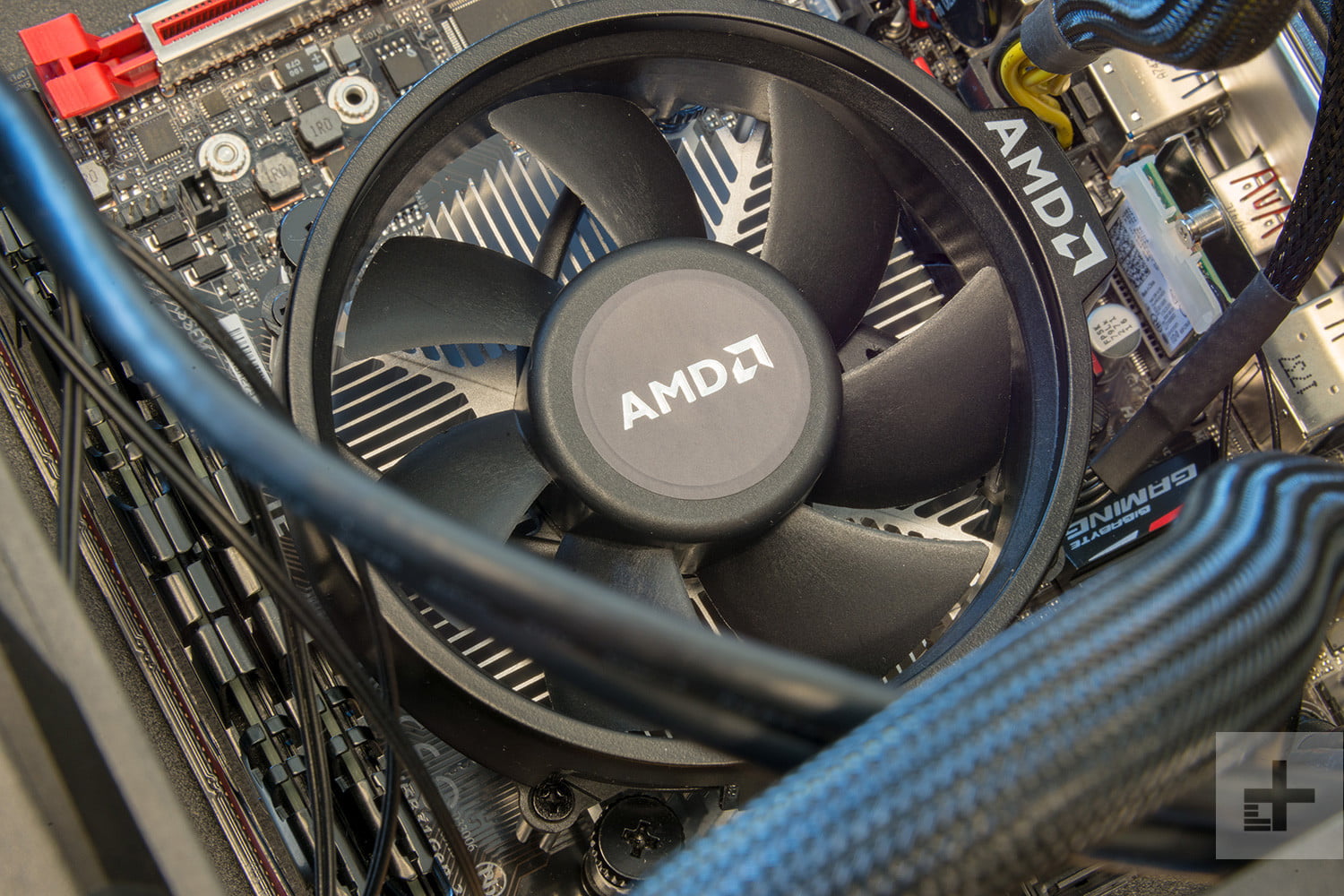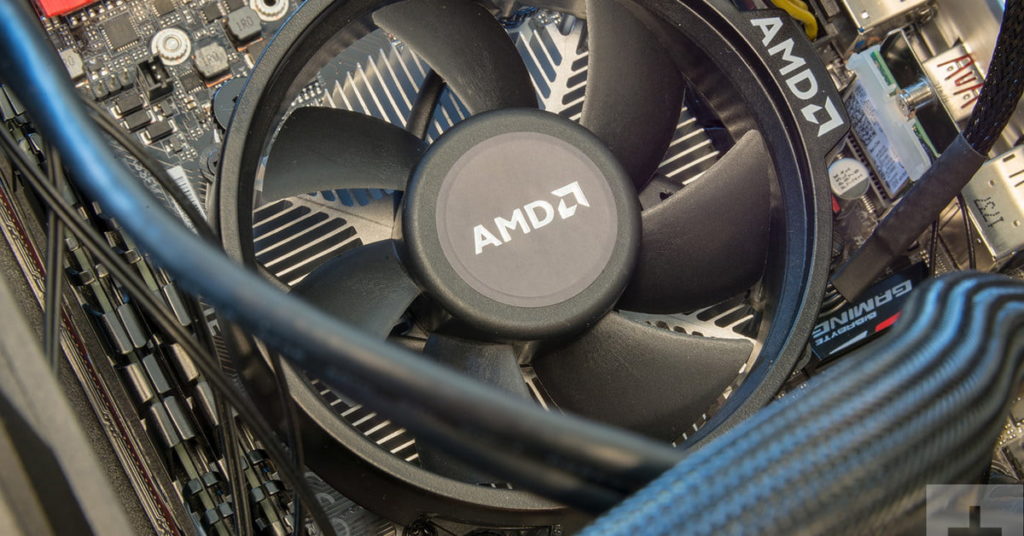AMD Navi: Rumors, Price, Release Date, Features, and Performance
After having announced its high-end Vega graphics two years ago, AMD is now turning its attention to the mid-range market with its 7nm Navi graphics. Rather than compete in the premium segment against rival Nvidia’s recently announced RTX cards, Navi will hone in on AMD’s strength by delivering the most graphics bang for its price point.
Despite its potential, PC gamers may not want to get too excited about Navi, at least initially. Leaked roadmaps for Navi suggest that AMD is focusing its efforts with Navi on semi-custom chips, so Navi will likely be catered for Sony’s PlayStation 5 console to begin with. Later versions of the card will be priced competitively for the PC market for those who are willing to wait.
Pricing and availability

Given that AMD had delayed the launch of its Vega graphics processors, it should come as little surprise that Navi’s launch was similarly pushed back. In a corporate blog post, AMD chief technology officer Mark Papermaster outlined that the company is working with fabrication partner TSMC to launch its 7nm products, including Navi, in 2019. “Our work with TSMC on their 7nm node has gone very well and we have seen excellent results from early silicon,” Papermaster wrote. He did not, however, provide specifics about the product nor a timeline.
AMD will likely first introduce Navi in two variants, but the model numbers have been largely disputed. Initial reports suggest that Navi 10 and Navi 11 will be the first to launch, but now it’s believed that Navi 12 and Navi 10 will be first in the series. Earlier reports claimed that Navi 10 will be the first Navi to ship, but a more recent report from Wcctech suggests that Navi 12 will be the first to launch, with a debut occurring in the first half of 2019. Previously it was reported that Navi 10 could launch in the second half of 2019, but it’s now believed that the launch of Navi 10 has either been canceled or pushed back to as late as early 2020.
AMD’s initial launch of Navi will be to support game consoles, and there is speculation that PC gamers will have to wait until late 2020 for the Navi 20 to arrive on PCs. Pricing for Navi is expected to be very competitive, and the card is expected to deliver Vega 56-level performance at around $250. At this price, Navi will take on rival Nvidia’s GeForce GTX 1060 graphics, but AMD’s offering should come with a bit more power. This pricing estimate is in line with Navi’s position as a Polaris successor, and AMD’s Radeon RX 500 series cards range between $115 to $289 currently.
Architecture and performance
Navi 12 is expected to launch with 40 compute units (CU), though the exact number of shader processors is still not known. If Navi is based on the GCN microarchitecture, then Wccftech posits that the number of shader processors to be 2,560.
Early reports suggested that Navi will be the last AMD GPU to be based on the GCN. However, more recent reports indicate that Navi will debut with a new microarchitecture, which will help it overcome some of the limitations of the GCN framework. This means that we could see faster clock speeds, more shaders, and better efficiency. AMD also confirmed that Navi will be a scalable architecture that will support both HBM2 and GDDR6 memory. AMD said that it won’t use a multi-chip module approach for Navi, according to PC World. Likely, gamers should expect solid gaming performance on more modest 1080p setups with Navi.
Navi should deliver plenty of performance thanks to its new 7nm process, and it’s been leaked internal testing has yielded positive results. Fudzilla cited anonymous sources claiming that Navi’s performance in early benchmarks had exceeded AMD’s expectations, and the chip is expected to deliver top performance at mid-range prices. This would make it very competitive against Nvidia’s GTX 1060.
No ray tracing

AMD recently stated that it won’t support ray tracing, which has been a hallmark of Nvidia’s RTX series, until the technology can be implemented on all of its graphics cards. “Utilization of ray tracing games will not proceed unless we can offer ray tracing in all product ranges from low end to high end,” AMD senior vice president of engineering at the Radeon Technologies Group told 4Gamer in an interview.
This news has led to speculation that Sony’s upcoming Playstation 5 won’t support ray tracing, given that the console is expected to be powered by Navi graphics, and AMD’s hesitation on implementing this tech could be based on cost. AMD CEO Lisa Su had hinted about Navi’s competitive pricing in a prior interview with PCGamesN, where she discussed performance-per-Watt and performance-per-dollar as motivations behind Navi’s design.
To keep Navi’s pricing competitive, it’s unlikely that the GPU architecture will come with dedicated ray tracing cores, and adding support for the feature could result in a performance hit. For gamers looking at ray tracing, AMD’s recent comments lead many to believe that the capability won’t be implemented until Navi 20 or even on AMD’s Next-Gen graphics architecture, which was previously codenamed Kuma.




